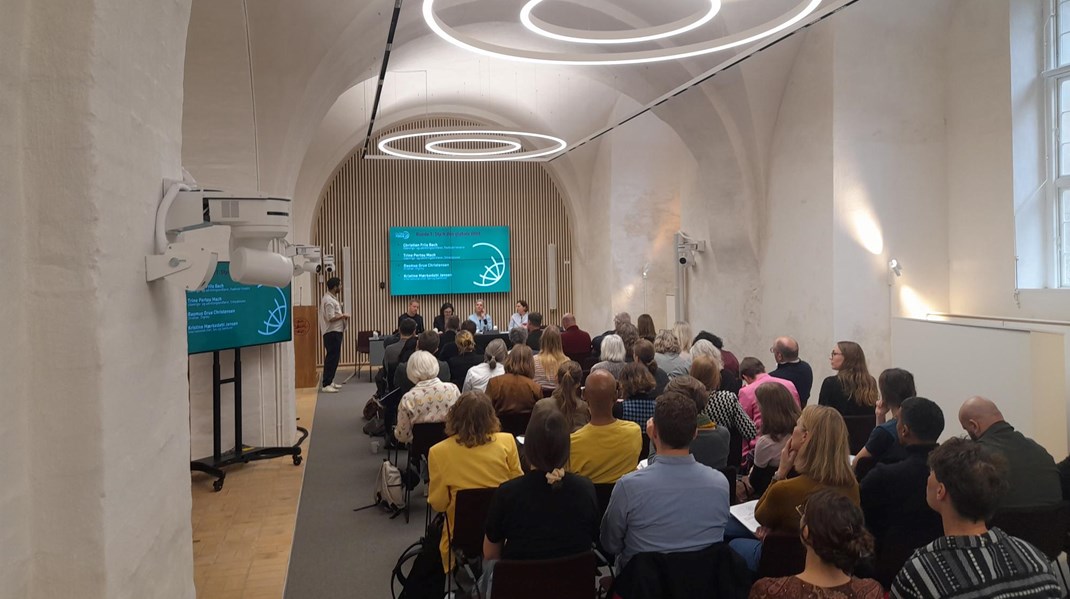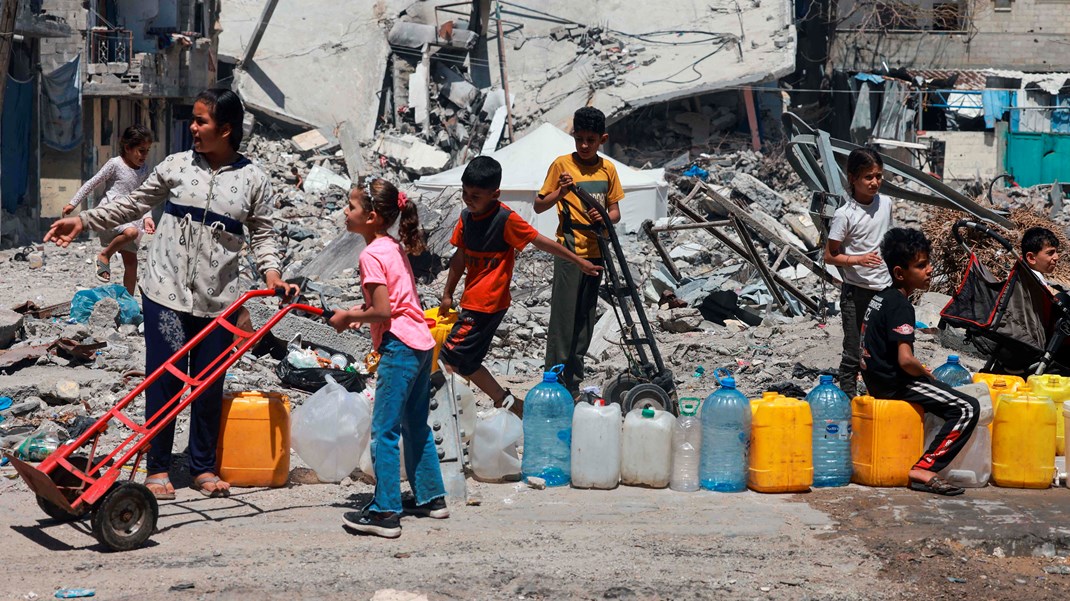Immunization gaps contribute to rising measles cases in the Philippines
Measles cases are rising in the Philippines with the Department of Health (DOH) declaring measles outbreaks in five regions in the country, including in Metro Manila. The DOH reported over 4,300 confirmed measles cases from 1 January to 10 February 2019 – more than double the number of cases compared to last year. Severe complications from measles have also claimed the lives of 70 people, 1 in 3 of which were children younger than 9 months old.
In San Lazaro Hospital in the City of Manila, three wards have been opened to accommodate the influx of patients from Metro Manila and neighbouring regions. Patients that are admitted here have measles complications such as breathing difficulties, high fever and severe diarrhoea.
One-year old Nathaniel, from Antipolo City in the CALABARZON Region, is admitted in San Lazaro Hospital after presenting with rashes and fever. His mother, 15-year old Jessica shares, “We were turned away from three different hospitals before coming here.”
The same situation happened to Savannah Ortiz, 9 years old, from Caloocan City. As her step-mother Jennifer relates, “We tried to bring her to a different hospital but they told us they can’t accommodate us because there was no more room. So we thought of bringing her here instead.”
San Lazaro Hospital is coping with the increasing number of measles patients but has resorted to putting two children per bed. The latest figures from San Lazaro Hospital reported 1,800 patients admitted for measles, with 64 deaths.
Measles cases are rising in the Philippines with the Department of Health (DOH) declaring measles outbreaks in five regions in the country, including in Metro Manila. The DOH reported over 4,300 confirmed measles cases from 1 January to 10 February 2019 – more than double the number of cases compared to last year. Severe complications from measles have also claimed the lives of 70 people, 1 in 3 of which were children younger than 9 months old.
In San Lazaro Hospital in the City of Manila, three wards have been opened to accommodate the influx of patients from Metro Manila and neighbouring regions. Patients that are admitted here have measles complications such as breathing difficulties, high fever and severe diarrhoea.
One-year old Nathaniel, from Antipolo City in the CALABARZON Region, is admitted in San Lazaro Hospital after presenting with rashes and fever. His mother, 15-year old Jessica shares, “We were turned away from three different hospitals before coming here.”
The same situation happened to Savannah Ortiz, 9 years old, from Caloocan City. As her step-mother Jennifer relates, “We tried to bring her to a different hospital but they told us they can’t accommodate us because there was no more room. So we thought of bringing her here instead.”
San Lazaro Hospital is coping with the increasing number of measles patients but has resorted to putting two children per bed. The latest figures from San Lazaro Hospital reported 1,800 patients admitted for measles, with 64 deaths.
Immunization gaps
The Philippines has had persistent low immunization coverage over the past few years. Looking at the uptake of the first dose of measles vaccine in the past decade, the coverage was above 80% in 2008 and decreased to below 70% in 2017. According to World Health Organization (WHO) estimates, 2.6 million Filipino children under the age of 5 years are not protected from measles.
Many children admitted in San Lazaro Hospital are under the age of 9 months – before the recommended age to receive the first dose of the measles vaccine. The patients over 9 months of age either have not received the measles vaccine or not developed immunity against the virus. Last year, the DOH implemented mass vaccination for children 6 months to below 5 years old but the coverage was only 44%.
Both Jessica and her 1-year old son Nathaniel have not gotten the measles vaccination. So too for Savannah, who does not recall ever having received the life-saving vaccine.
Three-month pregnant Allenza Tañas also does not remember being immunized against measles.
“I don’t know. Have we been vaccinated?” she asks her sister sitting beside her. “I don’t think we were.”
Meanwhile, the parents of 1-year and 2 months old Jonil Mailo share that they have not been able to vaccinate him with the measles vaccine because their child is always sick and scheduling conflicts. Jonil only lacks the measles vaccine, while their six other children were fully immunized.
“We intended to have him vaccinated at the health centre but he always had fever, cough or colds. They did not allow him to be vaccinated because they said it wasn’t good. And then when he got better, there would be a different service in the centre like for TB or pregnant women,” shares the father Royer Mailo.
“Even if he is already two years old, we will have him vaccinated so it will be complete,” adds Jonil’s mother.
As long as routine immunization remains low, there will continue to be periodic measles outbreaks in the Philippines. The optimal immunization rate is 95% to ensure full protection against vaccine-preventable diseases like measles. When immunization rates are high, vulnerable members of the population are also protected such as infants, older adults and people who are immunocompromised.
WHO is working closely with the Department of Health to contain the ongoing measles outbreak. WHO has provided technical and some funding support to the National Immunization Programme of the Department of Health in the planning, implementation and monitoring of measles outbreak response activities.


